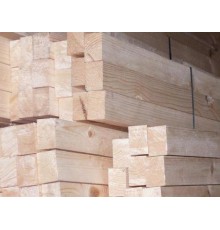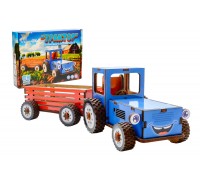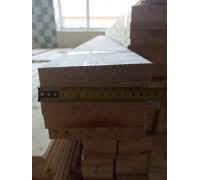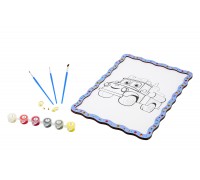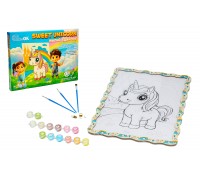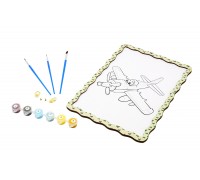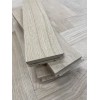Mounting rail: a small thing without which everything will fall apart
Okay, imagine: you're starting a renovation, and there's no way you can do it without a mounting rail. It's a wooden plank, not just any old board from grandma's barn, but carefully dried, smooth, and geometrically designed, just like in a school math textbook. It's made from coniferous wood, so it has a pleasant smell, in case you're a fan of the woods.
Where is it used? Almost anywhere that something needs to be attached to something else. Lathing under siding, blockhouse, or planks – need a ventilated gap to prevent mold? A mounting rail will do the trick. Drywall in rooms that aren't saunas, but have normal humidity? Again. Under insulation, suspended ceilings, wall decor, interior partitions, various zoning schemes – this thing is a lifesaver everywhere. Even when you need to repair an old wooden structure, without a rail – well, you can't do it.
Why do people praise it? Because it's kiln-dried, meaning it's not green wood, but a proper wood. It doesn't warp or twist, and holds its dimensions like a rock. The geometry is precise—no sawing, adjusting, or fraying your nerves. There are no large knots, so you can attach it without worrying about it breaking off. Another plus is that it's relatively lightweight yet strong. It's not concrete, of course, but it does its job.
Which one should you choose? It's simple: light trim – 25x45 mm; if you need something more substantial, like a facade, go thicker, 45x95 mm, or even rougher. In short, choose the right one for the job and don't worry. The main thing is not to skimp on quality, because "good enough" will come back to haunt you later.

